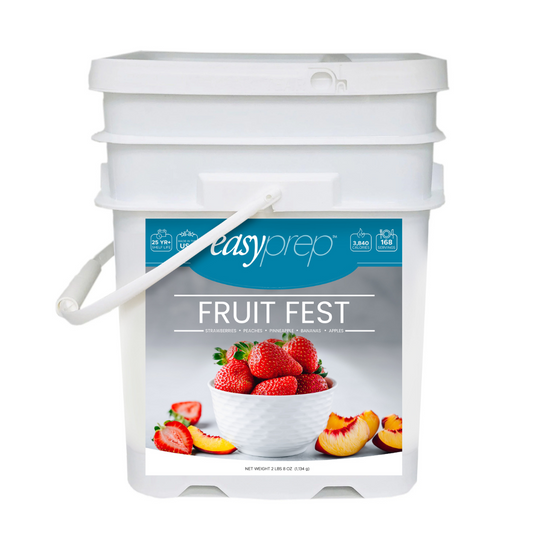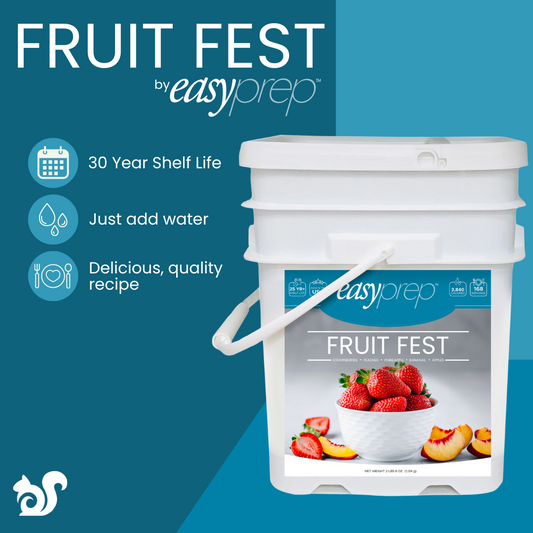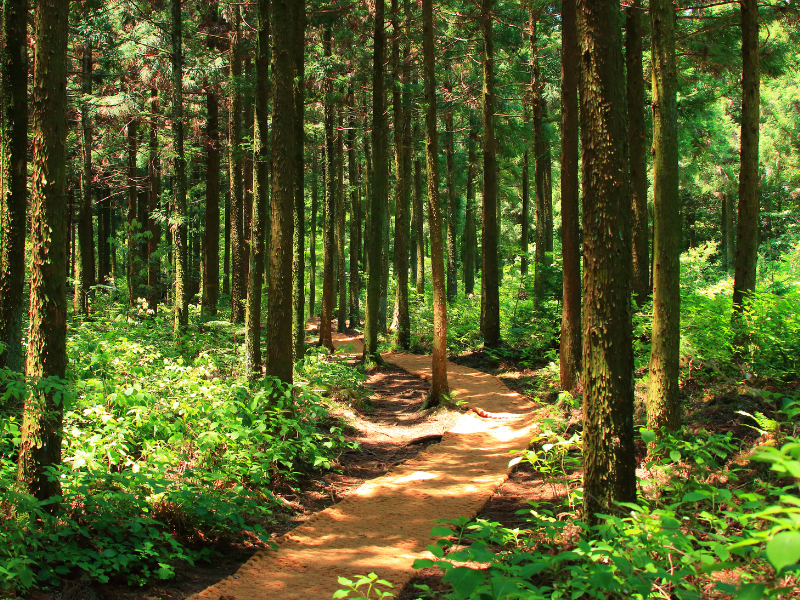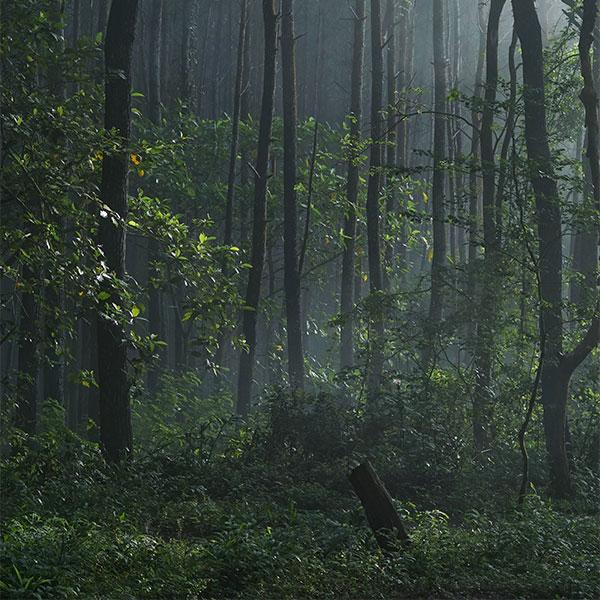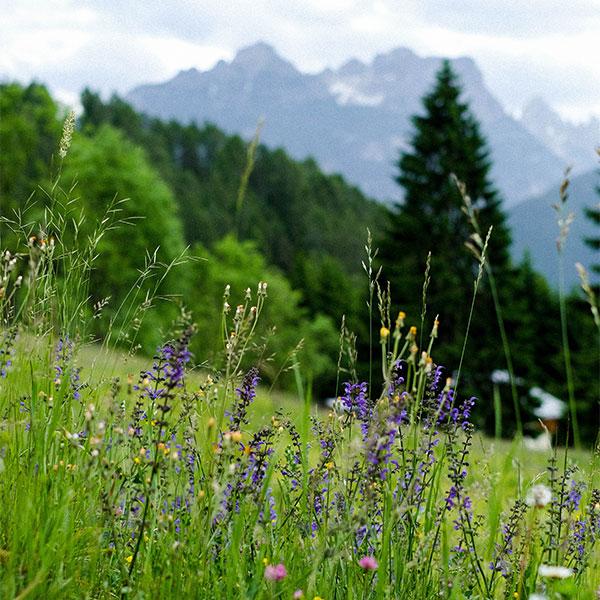Learn how to identify edible mushrooms, avoid poisonous species, and understand mushroom anatomy for safe foraging.
The Importance of Identifying Wild Mushrooms
Have you ever spotted a wild mushroom and wondered if it’s edible? Before you even consider tasting it, stop! Identifying wild mushrooms is crucial to avoid potentially life-threatening mistakes. Always be 100% certain of a mushroom's identity before consumption.
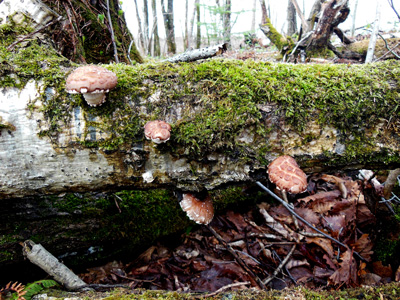
With hundreds of edible species, this guide introduces some of the most distinctive mushrooms and their identifying traits to help you stay safe. A detailed field guide, such as *National Audubon Society Field Guide to North American Mushrooms*, is invaluable for thorough identification.
Anatomy of a Mushroom
To correctly identify mushrooms, understanding their anatomy is essential. Mushrooms have two main parts:
- Mycelium: The underground network that gathers nutrients.
- Sporophore: The above-ground, umbrella-shaped structure consisting of the cap and stalk.
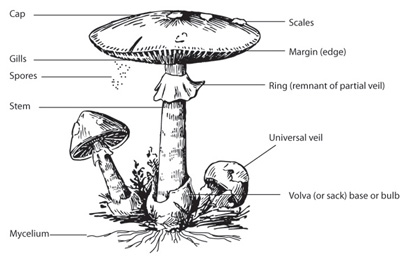
Edible Mushrooms and Their Characteristics
Chanterelles (Cantharellus spp.)
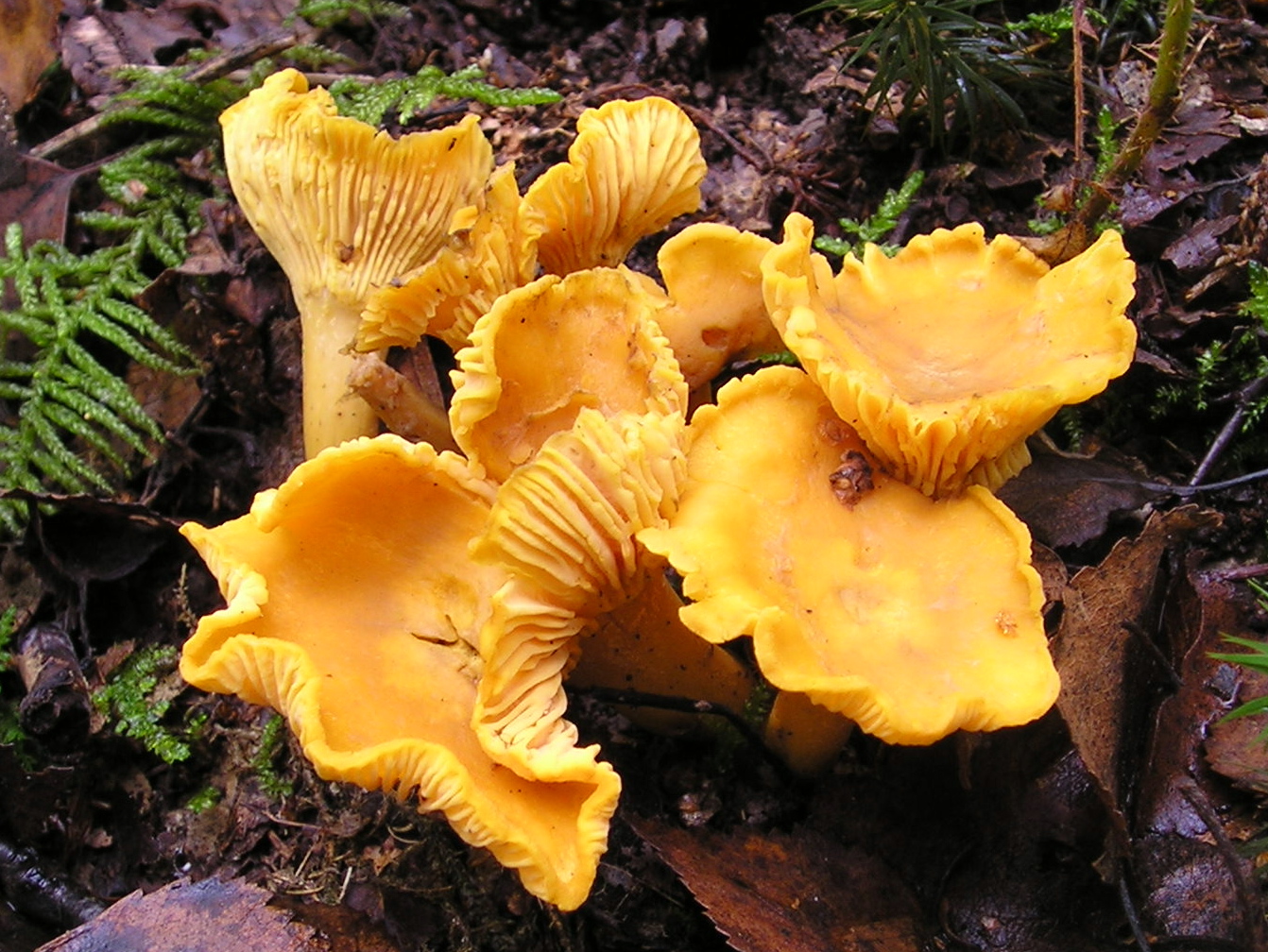
These vibrant mushrooms belong to the Cantharellaceae family. Chanterelles can be identified by their wavy, golden caps and forked ridges beneath the cap. Unlike their toxic look-alike, the Jack O’Lantern, Chanterelles lack sharp-edged, true gills.
Key Identification Features:
- Cap: Bright yellow-orange, convex with wavy margins.
- Season: June to September, varying by region.
- Habitat: Found on the ground under oaks and conifers.
Hen of the Woods (Grifola frondosa)
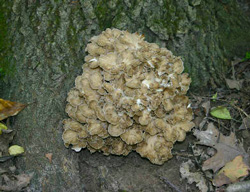
Also known as Maitake, this mushroom features clustered, spoon-shaped caps that are gray-brown in color. It grows at the base of oak trees and is highly sought after for its savory flavor.
Beware of Toxic Look-Alikes
Jack O’Lantern Mushrooms
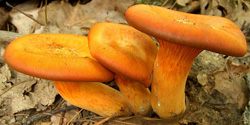
This toxic mushroom resembles Chanterelles but has true gills and glows faintly green in the dark. Consuming it can lead to severe digestive upset.
Conclusion
While wild mushroom foraging is an exciting and rewarding activity, it requires vigilance and knowledge. Always consult reliable guides and cross-reference species to ensure safety. Remember, when in doubt, don’t eat it!



